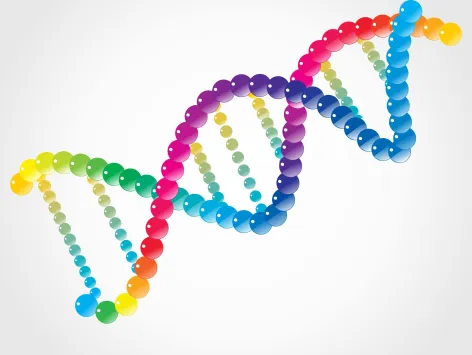
The solid state is a material that does not exist in gas or liquid form. It is made up of small, tightly-packed particles called atoms.
Solid state physics is the study of the fundamental behavior of materials in which the constituent atoms, molecules, or ions are bound together by chemical bonds into a regular array, called a crystal lattice. The solid state refers to the physical properties of materials that are independent of their chemical composition. In other words, solids have a definite shape and volume and maintain their form even when they are not in contact with anything else. The most common state of matter is the solid state.
Characteristics of solids liquids and gases
Solids, liquids and gases are states of matter. The state of matter is determined by the amount of energy in the atoms or molecules. Low energy is found in solids, high energy is found in gases. Energy determines the shape of the atom or molecule. In a solid, the atoms are close together and held in place by forces called bonds. In a liquid, the atoms are still close together but can move past each other. In a gas, the atoms are far apart and move around quickly.
The three states of matter have different properties:
-Solids have a fixed shape and volume.
-Liquids take on the shape of their container but have a fixed volume.
-Gases take on the shape and volume of their container.
Solids are held together by strong forces called bonds.
Solids, liquids and gases are all different phases of matter. Solids have a definite shape and volume. Liquids take the shape of their container but have a definite volume. Gases do not have a definite shape or volume unless they are in a container.
Solids are held together by forces called cohesion and adhesion. Cohesion is the force that holds molecules together in solids. Adhesion is the force that holds one solid to another solid. Liquids are held together by cohesion only. Gases are held together by forces called diffusion and convection. Diffusion is the movement of molecules from an area of high concentration to an area of low concentration. Convection is the movement of molecules due to differences in temperature.
Solids have a definite shape and volume. They are held together by forces called intermolecular forces. Liquids take the shape of their container and have a definite volume, but their molecules are not as tightly bound together as solids. Gases have no definite shape or volume because their molecules are very far apart and move around freely.
Characteristics of solid state
The physical and chemical properties of solids are determined by the way in which their atoms are packed together. In a solid, the atoms are held together by strong forces that keep them in fixed positions. This fixed arrangement gives solids their characteristic properties, such as rigidity, hardness, and melting point.
The atoms in a solid can vibrate around their equilibrium positions, but they cannot move from one place to another. This gives solids their characteristic melting point, at which the atomic vibrations become so strong that the lattice breaks down and the material melts into a liquid. Solids also have a characteristic freezing point, at which the atomic vibrations become so weak that the material freezes into a solid.
Characteristics of states of matter
States of matter are the different forms that matter can take. There are three common states of matter: solid, liquid, and gas.
A solid is a state of matter where the atoms or molecules are closely packed together. They have a definite shape and volume. The particles in a solid are not moving very much.
A liquid is a state of matter where the atoms or molecules are still close together, but they can move around each other. They take the shape of the container they are in, but they do not have a definite volume.
A gas is a state of matter where the atoms or molecules are far apart from each other. They spread out to fill whatever container they are in. The particles in a gas move around very easily.
Matter is the substance of which all physical objects are made. There are three general states of matter: solid, liquid, and gas. Solids have a definite shape and volume; liquids take on the shape of their container but have no definite volume; gases spread out to fill any container and have no definite shape.
The atoms or molecules that make up solids are close together and held in specific positions by forces between them. In liquids, the atoms or molecules are still close together but are not held in specific positions as they are in solids. In gases, the atoms or molecules are spread out and there is less force between them. This difference in the forces between particles is what causes a change in state from solid to liquid to gas.
For example, when water freezes it turns into ice because the water molecules become closer together and form a solid structure.




